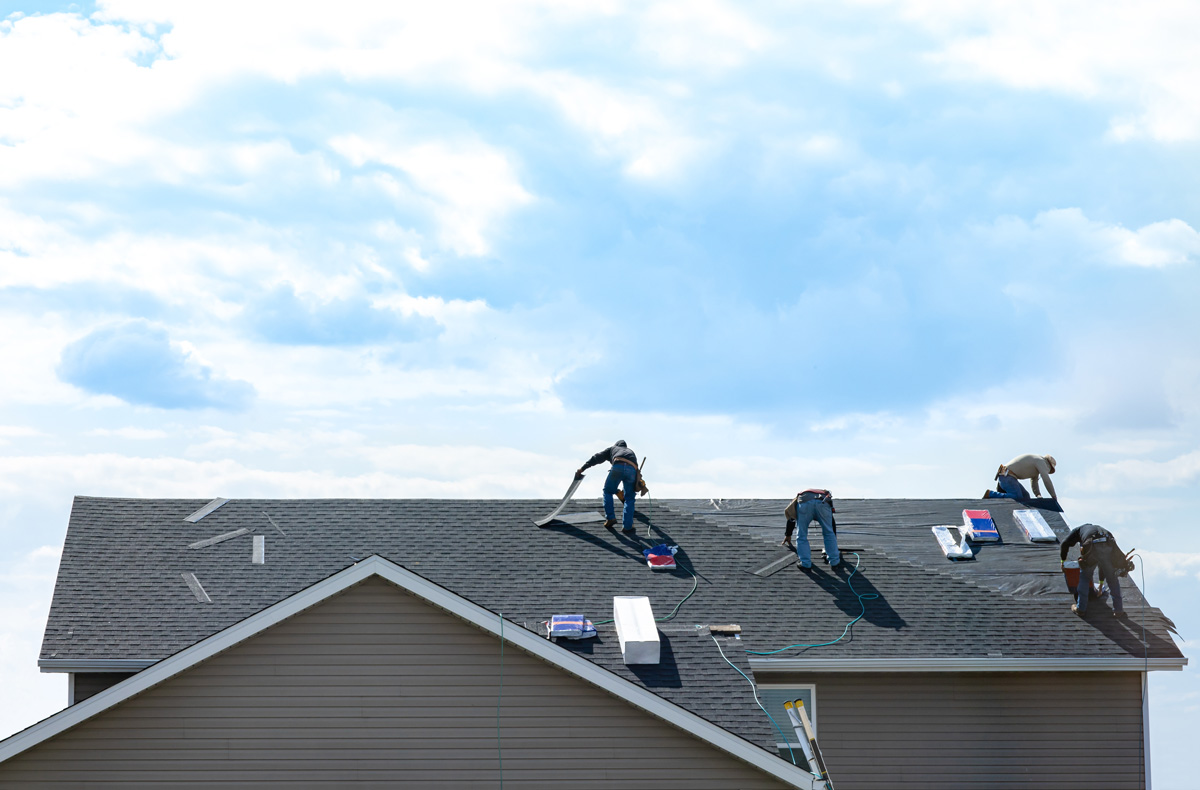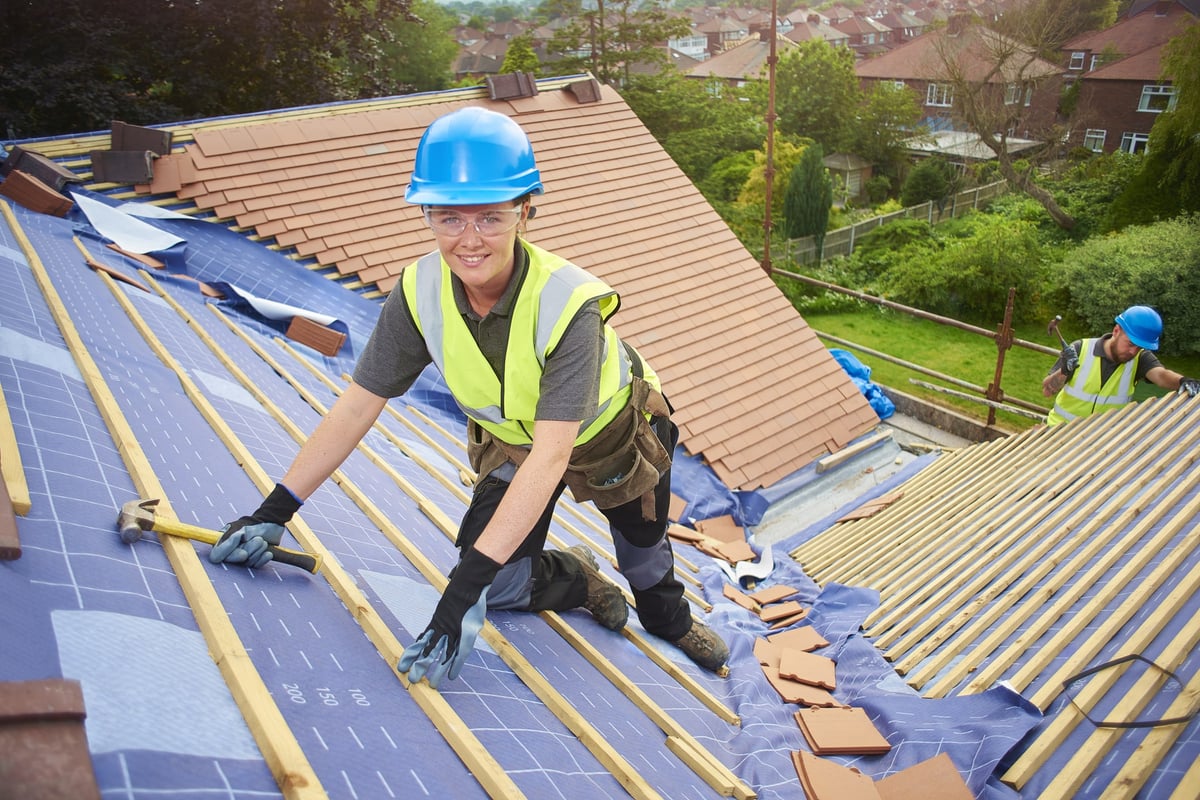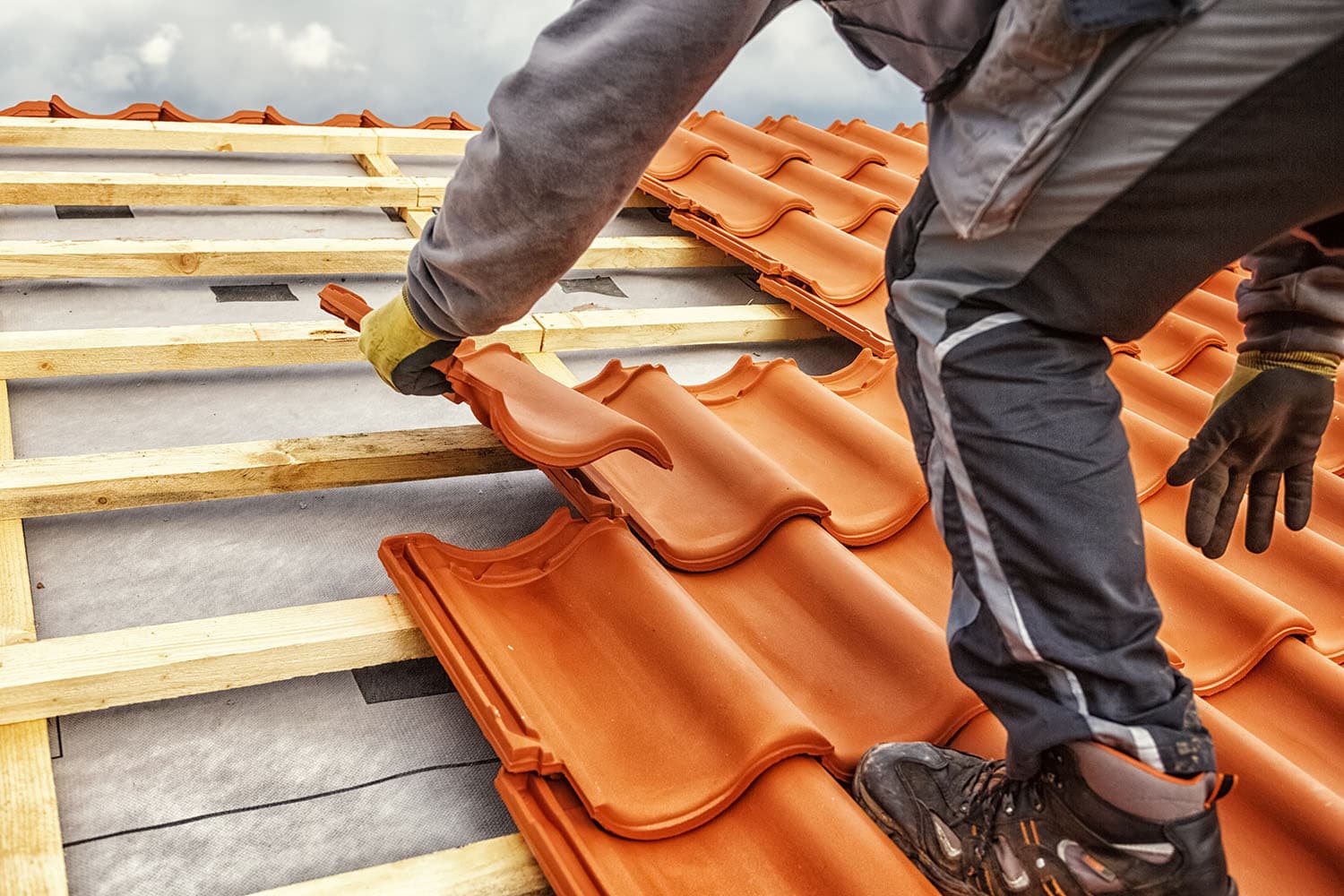Just How to Review Different Roof Choices for Your Building Requirements
Examining roof choices for your building requires a detailed technique that takes into consideration numerous aspects such as the meant use the framework, regional environment conditions, and product qualities. It is vital to consider the advantages and downsides of different roof types, from asphalt shingles to steel and clay floor tiles, while additionally considering initial costs and lasting maintenance. Additionally, understanding power effectiveness and aesthetic allure can affect your decision. As you ponder these factors to consider, one question remains: which variables will eventually direct your choice for a lasting and visually pleasing roof covering remedy?
Analyzing Your Structure's Requirements
To properly evaluate roof alternatives, begin by completely assessing your building's needs. Start by thinking about the structure's intended use, as different frameworks may require differing roofing specs. Household roofs commonly focus on aesthetics and insulation, while commercial buildings may focus on longevity and load-bearing ability.
Next, assess the local environment conditions that will influence roof performance. Factors such as temperature level changes, precipitation degrees, and wind patterns can influence product option and layout. A roof covering system that masters a temperate environment may not perform too in areas prone to hefty snowfall or extreme warm.
Furthermore, assess the architectural integrity of your structure. Guarantee that the existing structure can support the chosen roof materials, particularly if considering larger options. It is additionally vital to review any neighborhood building ordinance or guidelines that may dictate details demands for roof covering systems.

Contrasting Roof Materials
When an extensive assessment of your building's needs has actually been finished, the next action entails contrasting different roofing materials. Each product uses unique advantages and disadvantages, making it important to align your option with your certain demands and scenarios.
Asphalt shingles are commonly acknowledged for their affordability and simplicity of setup, making them a prominent choice for property structures. On the other hand, steel roof, understood for its durability and longevity, can hold up against extreme climate condition yet may feature a higher initial financial investment.
Clay and concrete tiles give exceptional thermal insulation and aesthetic charm, specifically for Mediterranean-style design, yet they require an even more durable structural assistance due to their weight. Timber shakes deal a natural look and excellent insulation residential or commercial properties yet may require more maintenance and are at risk to fire risks.
Evaluating Expense and Spending Plan
Examining your roof covering options demands a careful examination of price and budget factors to consider. The general allocate a roofing job makes up a number of factors, including product costs, labor expenditures, maintenance, and potential long-lasting financial savings. It is necessary to develop a clear budget plan prior to discovering specific roofing materials, as this will certainly lead the decision-making procedure and help you prevent overspending.
Begin by getting quotes from multiple professionals to comprehend labor prices in your area. Guarantee that these quotes consist of all necessary services, such as elimination of the old roofing, installment, and any additional features, like insulation or ventilation enhancements - Toledo Roofer. Next off, examine the expense of numerous roof materials, thinking about both preliminary setup expenses and expected lifespan

Recognizing Energy Efficiency
Energy effectiveness plays a crucial role in the choice of roof products and systems, substantially influencing both power intake and overall comfort within a building. A well-chosen roofing system can enhance thermal performance, decreasing the requirement for heating and cooling systems, which in turn reduces energy expenses and lessens ecological effect.
When reviewing roof covering alternatives, take into consideration products that show instead of take in warm. Light or reflective roof covering items can significantly reduce roofing system surface temperatures, leading to reduced power use during hot months. In addition, correct insulation and ventilation are important to enhance the energy efficiency of the whole roof. Insulation avoids heat transfer, while air flow alleviates heat build-up in the attic room space.
An additional essential factor is the roof's longevity and upkeep requirements. Sturdy materials that call for less constant replacement add to long-term power savings. The power performance of a roofing system can additionally be evaluated via its compliance with well-known sustainability scores such as ENERGY CELEBRITY or LEED.
Thinking About Visual Appeal
A roofing's visual appeal dramatically influences the general look of a structure, complementing its building design and enhancing curb charm. Perrysburg Roofer. When assessing roof alternatives, it is important to take into consideration just how the chosen material, color, and layout will certainly balance with the existing structure and community. A properly designed roof can elevate even the easiest of structures, changing them right into aesthetic focal factors
Various roofing materials provide different aesthetic high qualities. Typical tiles might stimulate a timeless beauty, while steel roof covering can present a modern, sleek look. Additionally, the shade of the roof covering material plays an important role; lighter shades can make a structure show up even more roomy, while darker tones may create a cozier setting.
Moreover, building components, such as dormers and eaves, can improve the roofing's visual impact. It is advisable to seek advice from professional developers or engineers go to this site to make sure the chosen roofing choice straightens with the total style intent. Eventually, a roofing system ought to not just supply practical benefits yet likewise contribute favorably to the building's visual, mirroring the proprietor's taste and the personality of Continue the surrounding atmosphere.
Conclusion
